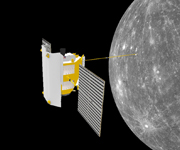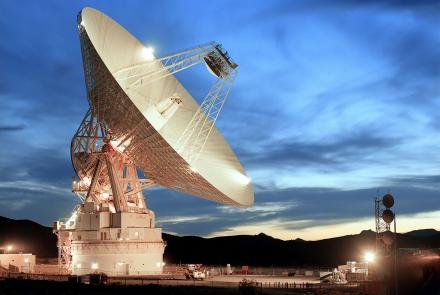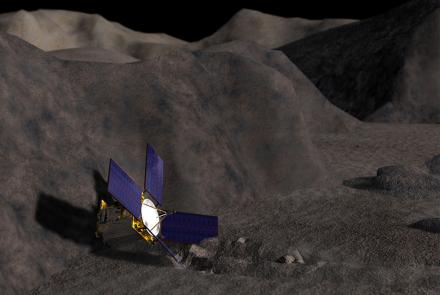A spacecraft's faint signal transmitted at low power across millions of kilometers has been likened to a whisper from space. To listen and respond accurately, timing is everything.
Traveling beyond the Moon's orbit requires a complex navigation system. In the late 1950s, NASA built a global network of tracking stations now known as the Deep Space Network.
The Deep Space Network consists of large parabolic antennas, located at stations in California, Spain, and Australia. These locations ensure that at least one station can communicate with a spacecraft at all times. The main antennas are 64 meters (210 feet) across and can be pointed to within a fraction of a degree. They are supplemented by smaller antennas located nearby. Each station has its own computers and time and frequency standards and communicates with the main control center in Pasadena, California.











